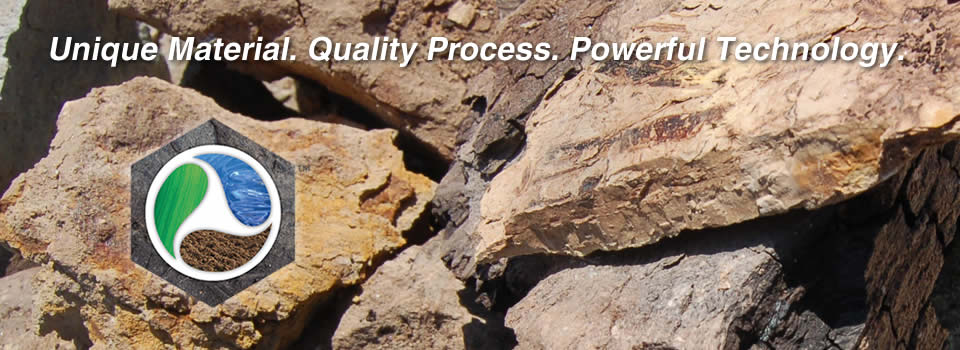Bio Huma Netics, Inc. products are manufactured with our exclusive, proprietary Micro Carbon Technology® which is our process of “complexing” small molecules containing carbon to nutrients. These ultra-fine molecules are excellent nutrient carriers that enable more efficient nutrient absorption. This Micro Carbon Technology® makes HUMA GRO® nutrients much more effective and efficient than any other nutrient sources on the market today, several times more efficient than granular fertilizers and a few times more efficient than the highest quality chelates. Additionally, they can be applied to the leaf as foliar feeds or put into the soil for quick root uptake, both with excellent results. This high efficiency rate and easy application allows you to improve your results while lowering your fertilizer inputs and can lead to a huge savings!
This unique combination of natural ingredients, ultra-fine molecules and processing techniques produces the most advanced plant and turf nutrition and specialty treatments available on the market today. Bio Huma Netics, Inc. expiration of domains product lines have a solution to address almost every need when it comes to helping your crops and turf & ornamentals grow to their potential and stay healthy. And, our Micro Carbon Technology® (MCT) in our Probiotic Solutions® line of environmental remediation products works just as efficiently to treat wastewater. In essence, MCT consistently delivers better results with lower input costs, leading to a better bottom line…naturally.
Related Posts

This Week in Ag #23
Move over carbon credits, and make room for carbon intensity scores. That’s the sentiment of many in the ag industry. Launched with plenty of fanfare, and hailed by celebrities and politicians alike, carbon credits seemed to represent a modern-day gold rush. Yet we’re multiple years in, and adoption sits at about 1-3% of farmers. Why...

Bio Energizer® Improves SVI by 50% at Citrus Plant Wastewater Treatment
A citrus plant struggled with poor settling in the clarifier of its wastewater treatment, which caused the sludge blanket to remain high. Even at a low flow rate of 1.2 million gallons per day (MGD), the high sludge blanked allowed less than 18” of free board. The slightest flow increase caused solids to carry over...

Nitrification and Denitrification in Wastewater Activated Sludge
By Heather Jennings, PE The great teeter–totter of wastewater is the nitrification and denitrification cycle in activated sludge wastewater systems. It takes both to convert ammonia to nitrogen gas! Both processes feed off of and support each other but, in some ways, they have competing needs. Nitrification consists of ripping off the hydrogen in ammonia and adding oxygen...


